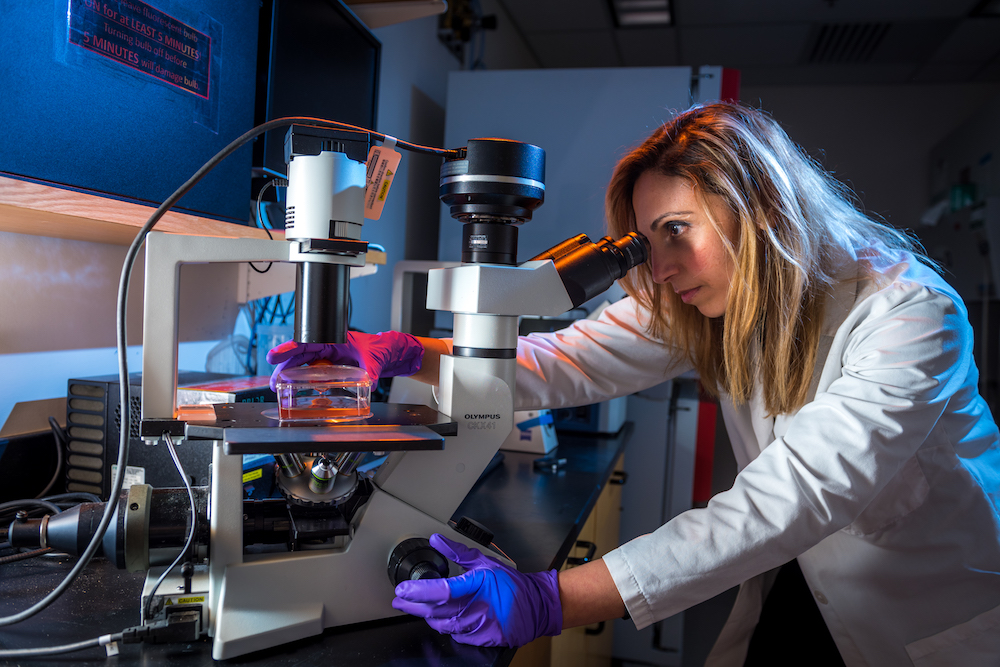
A diagnosis of cancer always comes as a shock, and the patient naturally asks the physician, why did this happen? Is it something I did or didn’t do, or did I inherit it, or were chemicals in the environment to blame?
“Why patients develop cancers is not well known,” explains Irene Ghobrial, MD, of Dana-Farber. “There are so many underlying factors – we inherit some genes that may not be good for us, we have environmental exposures, so many things that work together for us to acquire all these new mutations” that drive cancer cells.
“It’s not like an infection – a foreign body we can fight,” adds Ghobrial, a specialist in hematological cancers. “Here it’s your own body mutating against you.”
The fundamental cause of all cancer is genetic mutations in normal cells that cause them to grow out of control, forming an abnormal mass of cells – a tumor – that enlarges and often spreads around the body.
Learn More:
Most mutations occur as people age, because of mistakes in copying the DNA code of cells that are dividing. Some inherited mutations drastically raise the risk of developing cancer during one’s lifetime, like the BRCA1 and BRCA2 genes linked to breast and ovarian cancer risk, and other mutations that create a high risk of multiple cancer types in families.
Environmental exposures – such as certain chemicals, radiation, and viruses — and lifestyle behaviors are another cause of cancer mutations. Most skin cancers, including melanoma, are the result of exposure to ultraviolet radiation in sunlight. About 80 percent of lung cancers are caused by smoking tobacco, and many others by second hand smoke. Nevertheless, it’s almost impossible to pin an individual case of cancer on a particular culprit with 100 percent certainty.
In fact, researchers have suggested that simple “bad luck” – random mutations in the DNA of stem cells that spawn new tissues – explains a much greater number of cancers – an estimated two-thirds of cases — than hereditary or environmental factors. A study by scientists at Johns Hopkins University proposed that the risk of cancer in a particular body tissue correlates with number of stem cell divisions occurring in that tissue. The more times stem cells divide, the greater the odds of a chance DNA copying error, or mutation that could lead to cancer, in the same way that a car accident is more likely the longer the journey.
The report stirred a fierce controversy. Other researchers criticized the methods used in the study and argued that it downplayed the importance of inherited factors and lifestyle choices, and as a result gave short shrift to cancer prevention. In the wake of the dispute, the report’s authors sought to clarify their proposal, but did not disavow their conclusions, adding that the best way to eradicate cancers is through early detection and treatment.
That said, the precise set of circumstances that leads to cancer in an individual is unlikely ever to be known.
